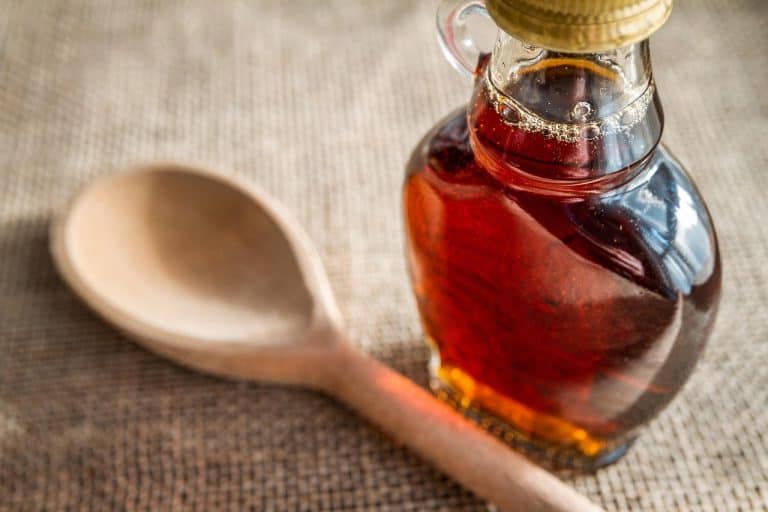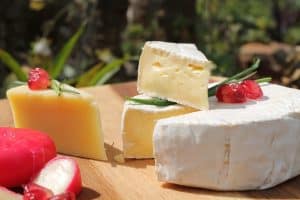Baking with maple syrup is a sweet, flavorful transformation that elevates your culinary creations to gourmet status. This golden syrup, unrefined and straight from the trees, gives a rich, earthy sweetness that makes baked goods deep and complex. Whether you are making simple, quick breads, soft and chewy cookies, or grand cakes, it opens up the door to a world of aroma, warmth, and natural moisture. The taste of syrup—ranging from light amber to dark bold—works great with spices like cinnamon and nutmeg, with fruits like apples and bananas, and with nuts like pecans and walnuts.
But the story of maple syrup is not only about flavor; it’s also about technique. From lowering the temperature to adjusting the liquid ratios, the art of this syrup requires a thoughtful approach and a little finesse. So, whether you are a baking wizard or just a rookie, learning to bake with maple syrup like a professional will not only improve your recipes but also deepen your appreciation.
A Natural Sweetener
Maple syrup is a wholesome, natural sweetener that turns boring baking into a gourmet affair. One advantage of maple syrup over refined sugar is its provision of certain microelements, such as zinc and manganese. These are very small in quantity but still give a nutritional advantage, along with the rich, earthy sweetness. When it comes to baking, this combo makes the whole thing more complex and gives the product a very slight hint of caramel that is very well placed in muffins, cakes, etc. Whether you choose Grade A Amber or Grade A Dark, it is the ingredient that will not only amplify but also enrich your recipes with texture and personality.
Technique: Adjusting for Maple Syrup
If you want to bake like a professional, you will have to make some changes to your technique. The fact that it is a liquid sweetener makes it changes the moisture balance in your batter or dough. While substituting sugar with it, cut down the other liquids in the recipe by about three tablespoons for every ¾ cup of syrup. Besides that, lower your oven temperature by 25°F as a precaution against over-browning since it caramelizes faster than granulated sugar. If you make these changes the right way, your baked goods will have the right texture and bake evenly. By following these tips, it will become so easy to incorporate into your baking repertoire.
Best Baked Goods
It is the star of the show when it comes to baking; the syrup complements baked goods that take advantage of its moisture and flavor. Quick breads like banana bread, pumpkin loaf, and zucchini bread become even softer and more fragrant. Cookies—especially oatmeal, ginger, and spicy types—sweetly and nicely contrast with their earthy taste. Cakes like carrot cake, coffee cake, and upside-down cake become richer, darker, and more flavorful. Even granola and energy bars get the advantages, as it is both a sweetener and a binder, thus making it a versatile ingredient.
Grades: Choosing the Right Flavor
People who want to bake professionally need to understand the grading of maple syrup. The syrup of grade A amber has a very light and smooth taste that is ideal for light cakes, muffins, and pastries. Conversely, the syrup of grade A Dark provides a strong and rich flavor that goes very well with bold cookies, spice cakes, and country-style bread. The selection of the grade lets one determine the flavor strength that suits one’s recipe, thereby making it possible to have the perfect sweetness and depth in the baked goods.
Flavor Pairings
The use of maple syrup is a classic one, yet it is still refreshing. With just a drop, it can enhance an entire range of baking ingredients. Its sweet and savory tastes get even more complex with the use of spices like cinnamon, nutmeg, ginger, and cloves, which add warmth. It gets its strength from walnuts, pecans, and almonds, which not only give it a rich flavor but also add thickness and creaminess.
Apples, pears, bananas, and pumpkins provide gentle co-mingling with the syrup’s blissful sweetness. It is the production of warm, seasonal, and comforting flavors. The pairing mentioned above and whatever else definitely make it a very versatile ingredient that can be used in both traditional and contemporary baking recipes throughout the year.
Conclusion
Maple syrup in baking is not just a trend—it is a good upgrade that brings warmth, richness, and natural sweetness. It is like having an open palette of culinary creativity—by knowing the correct substitutions, adjusting methods, and pairing with the right ingredients, you get to the next level of culinary creativity. No matter if you are making a warm apple pie or trying to make a healthier version of dessert, it is a great source of flavor and moisture compared to refined sugar. So, get your whisk ready, decide on the type, and let the maple syrup make your experience unforgettable.







